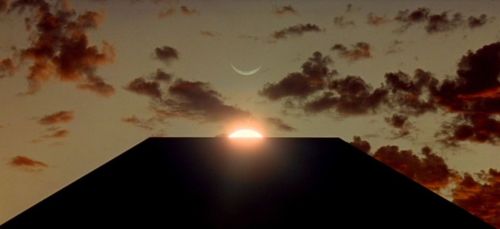With the enormous output of 27 piano concertos, Mozart undoubtedly contributed to the nineteenth-century concerto for piano and orchestra becoming a highly widespread form in Viennese musical practice. Therefore, it seems odd that composers established in the Austrian capital who followed him greatly diminished the production of concertos, such as Beethoven or, at the other extreme, omitted it altogether, as was the case with Schubert who, by the way, only lived 31 years.
The new character
But it should not be thought that the musical form known as a concerto for solo instrument and orchestra has lost prestige, or was considered outdated. Quite the opposite, that scarce production is a consequence of the composers' greater dedication and focus in the creation of concertistics pieces, which for this reason were acquiring the character of extensive, large-scale work, to which the composers will turn their attention intensively.
The "performer", a new figure
The changes that the concerto will experience in the 19th century are due to the nascent appreciation of "the artistry", the discovery of the individual hand in hand with romanticism, and with it the emergence of the figure of the "performer", who become aware of themselves as exceptional beings, capable of technical feats that astonish an astonished audience at the perfection of increasingly difficult performances, unattainable by the ordinary folk. Which means, in passing, the end of the author-performer, so close at hand in the previous century. This process, gradual like all processes, had its beginning in the early years of the century and its first promoter was, without a doubt, Ludwig van Beethoven.
Beethoven's concertos production, compared to the nine symphonies, or the sixteen quartets for string or the 32 sonatas for piano, is quite reduced: five concertos for piano and orchestra plus a juvenile one composed at age 14 and which It is never performed, a violin concerto, and a triple concerto for violin, cello and piano.
Of the five piano concertos, the first two (where the one with the number two is chronologically the first) are a transition between a world that is being left behind and the new one that comes from the hand of the French Revolution. They clearly do not respond to the Mozartian style, revealing a more ambitious attitude than any of Mozart's, although they are still limited in their conception.
Piano Concerto No 3 in C minor
The real change of style will come with the Concerto No. 3 in C minor, opus 37, completed in 1800, premiered in April 1803 and published in 1804. The music has ceased to be fresh and light to acquire epic and turbulent features, showing the hallmark of a second stage in the maestro's life since the deafness has definitely begun. In the autumn of 1802, Ludwig would confess his grief in the Heiligenstadt Testament (which will only be known after his death, twenty-five years later), where he bitterly regrets that it has been precisely him, a musician, who lost his sense of hearing.
Concerto No. 3 is the only one written in a minor mode and reflects a clear evolution in his piano literature. Not for nothing, at this point, has Beethoven composed eighteen of his 32 piano sonatas.
Movements:
– Allegro con brio. In sonata form, with two main themes (a second theme, lyrical, is presented in 5:16).
– Largo (17:01). A calm subject, conducive to meditation.
– Rondo - allegro (28:40). Funny and cheerful, perfect for closing the work.
The rendition is by Krystian Zimerman, accompanied by the Vienna Philharmonic conducted by Leonard Bernstein.





































